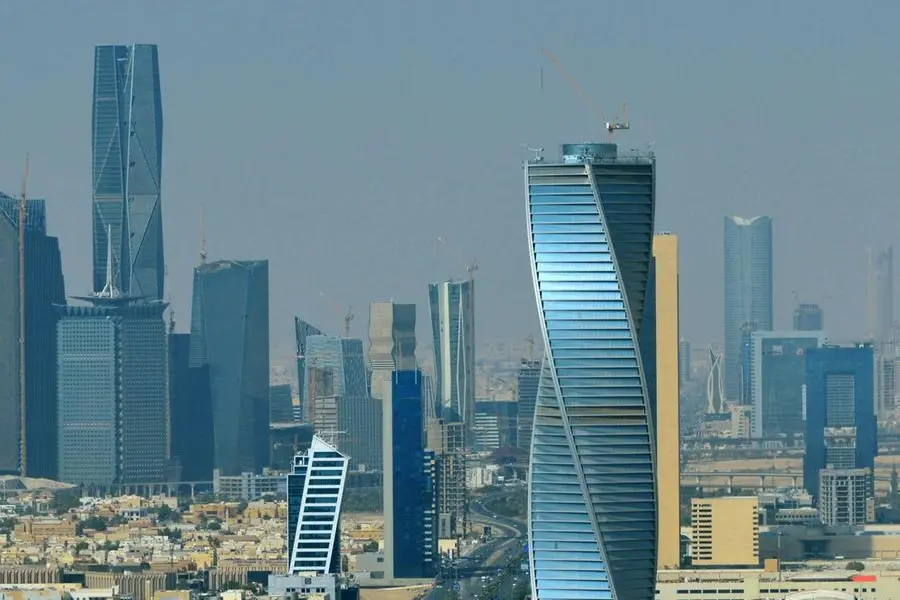PHOTO
An observation wheel (L) is seen in front of the Hong Kong skyline in the central district of Hong Kong on February 2, 2023. - Hong Kong is ready to welcome the world back, its US-sanctioned leader told business and tourism heavyweights on February 2 as he pitched free flights and positive publicity to resurrect the once-vibrant global hub. (Photo by ISAAC LAWRENCE / AFP)
Hong Kong's richest households now earn 80 times as much as the poorest, a figure that more than doubled in five years as the city grappled with an ageing population, Oxfam said in a report Wednesday.
The Chinese finance hub regularly tops the charts of the most expensive cities to live in and has struggled for years to rein in wealth inequality.
City officials have vowed to conduct "targeted poverty alleviation" after Chinese President Xi Jinping ordered Hong Kong to solve livelihood issues and boost socio-economic mobility.
But Oxfam's Hong Kong branch on Wednesday noted a continued rise in the number of elderly poor and a widening wealth gap post-pandemic.
The poorest 10 percent of households earned just HK$1,600 ($206) a month in the first quarter of this year -- while the wealthiest 10 percent raked in 81.9 times that.
By comparison in 2019, the wealthiest 10 percent of households earned 34.3 times the poorest 10 percent, Oxfam said, citing calculations based on government data.
That five-year period also saw a "staggering" rise in elderly people living in poverty, with the latest figure being 580,000 people in a city of 7.5 million.
More than 1.39 million people in Hong Kong live in poverty as of the first quarter of this year, Oxfam added.
"The data show that wealth inequality caused by an ageing population is getting worse," said Kalina Tsang, director of Oxfam Hong Kong, at a press conference.
"Hong Kong's poor population and the poverty rate are on the rise. We think this should ring alarm bells for society."
Hong Kong's labour and welfare chief said this year that median household income will no longer be used to gauge poverty levels, effectively scrapping the poverty line as a social indicator.
Officials are working on an analytical framework that would include "macro indicators for long-term monitoring and key performance indicators on a micro level", a government spokesperson told AFP on Wednesday.
Tsang of Oxfam called for policies to bring retirees and women back into the job market, as well as greater support for the elderly and child care.





















